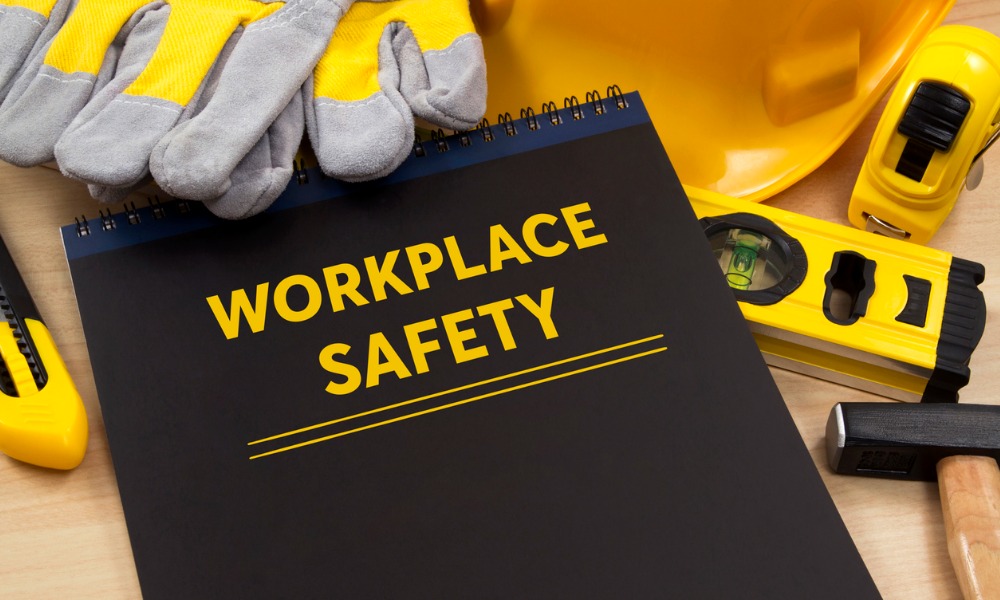About half of respondents say there isn't enough time for training

As businesses across Canada mark National Safety and Health Week, a recent survey conducted by Threads of Life in partnership with the Angus Reid Forum sheds light on the persistent challenges faced by employers in implementing effective health and safety training. The survey, which included responses from 1,024 business owners, managers, and decision-makers, highlights a critical gap: while commitment to safety is high, practical implementation often falls short, especially in medium and small-sized businesses.
"The biggest surprise was the lack of time for training," says Shirley Hickman, executive director of Threads of Life, and a passionate advocate for workplace safety. "It's perplexing, really. How do we not have enough time for something so critical?"
49% of respondents said there is a lack of time for training. This was consistent across all sizes and sectors with 55% of companies with more than 500 employees identifying this as a challenge.
The survey reveals that understaffing and the complexity of health and safety regulations are significant barriers. These issues lead to a troubling cycle where time for comprehensive training is scarce, and understanding the regulations becomes a formidable task. "Employers are trying to fill positions, and workers are stretched thin, which makes navigating the already challenging regulations even harder," explains Hickman.
Interestingly, while 74% of respondents affirm their companies have safety training programs, the effectiveness and thoroughness of these programs are questionable, particularly in smaller enterprises. Only 59% of micro-businesses (2 to 9 employees) reported having safety training in place, a statistic that highlights the disparities in safety preparedness across business sizes.
Despite these challenges, the survey offers a silver lining. "On the positive side, getting buy-in for health and safety does not pose a significant challenge—overall, 80% reported that getting senior management buy-in is not a problem," Hickman emphasizes. This finding suggests that while the willingness to prioritize workplace safety exists, the operational capacity to implement these practices effectively lags.
For health and safety professionals, the survey serves as a call to action. The findings underscore the need for targeted support to businesses, particularly small and medium-sized enterprises, in developing and sustaining robust safety training programs. "Health and safety is everyone’s responsibility," Hickman reminds us. "Employers, leaders, and every worker has a role in promoting their own safety and the safety of their coworkers."
As Threads of Life continues to advocate for families affected by workplace tragedies, Hickman's personal connection to the cause—having lost her own son in a workplace incident—adds a poignant urgency to her mission. "From a family perspective, if people just stopped and looked around their workplace and identified concerns, then employers would take those seriously," she asserts.
This survey, conducted as part of the observance of National Safety and Health Week, not only highlights the existing gaps but also reinforces the ongoing commitment needed to bridge them. As businesses and safety professionals digest these findings, the hope is that they will catalyze more comprehensive efforts to ensure that every Canadian workplace is as safe as it can possibly be.





